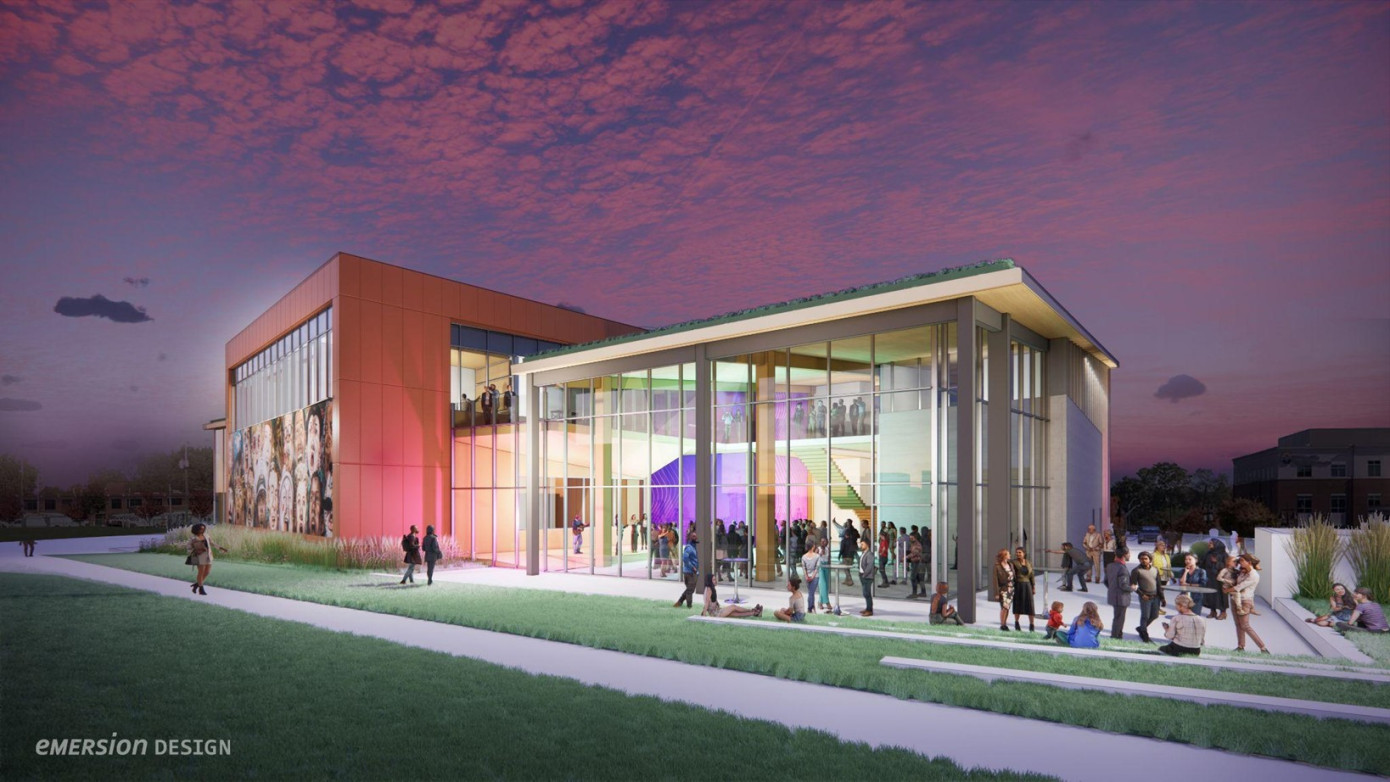Skanska and Cincinnati Public Radio (CPR) broke ground on the highly anticipated Cincinnati Public Radio Headquarters. Once complete, the new HQ will be the first two-story mass timber building in the Midwest and the first of its kind in Cincinnati.
The $32 million, 35,000-square-foot building will feature two on-air studios, two interview studios, one performance studio, 11,000 square feet of office space and a public gathering area. The building is set to open winter of 2024.
The new CPR HQ will serve as a beacon of innovation, housing cutting-edge technologies and sustainable construction methods, with a particular focus on the utilization of Cross Laminated Timber. The entire column and beam structure, second floor, roof structure, as well as a selection of interior shear walls and exterior perimeter walls will be made from mass timber.
“Mass timber projects are gaining traction throughout the country, including the heartland,” said Dean Lewis, director of mass timber and prefabrication at Skanska. “While most mass timber projects are hybrids in which the lateral system is comprised of steel or concrete, this project’s lateral system is composed of cross-laminated timber shear walls, making it an almost completely mass timber superstructure. I look forward to seeing more mass timber projects in the Midwest, as cities aim to build healthier, more sustainable built environments.”
Combating climate change by reducing carbon emissions is a critical focus area for industries and companies across the world – and Skanska is no different. Skanska has a target of net-zero carbon by 2045, and the forestry and timber industry is a key part of our environmental and industrial heritage and a vital part of our-low carbon future. Mass timber also offers numerous environmental advantages, including reduced carbon emissions, increased energy efficiency, and the use of renewable resources.
